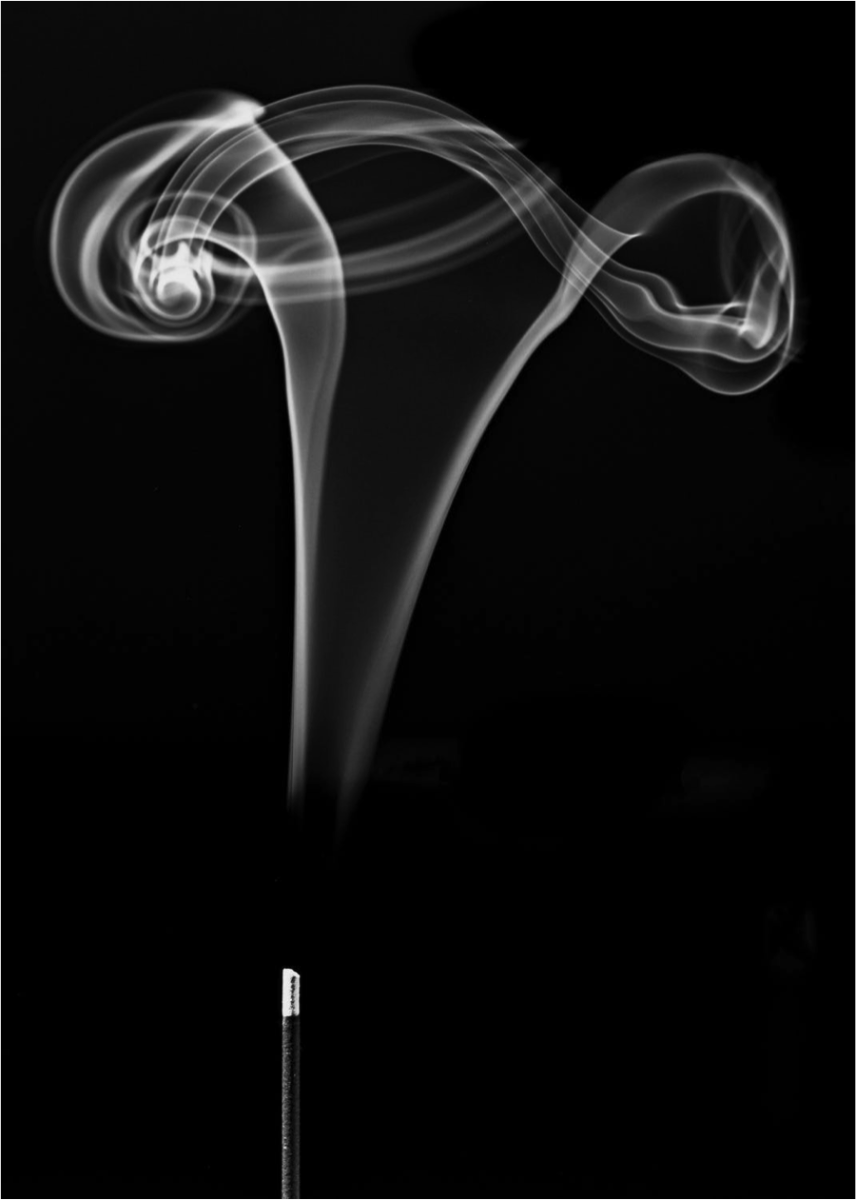Murtaza Saifee According to the Federal Aviation Administration (2020), over 300 incidents involving lithium-ion (Li-ion) batteries carried onboard aircraft have reported several incidents. For example, in October 2020, a passenger’s laptop began to smoke and ignited during the flight. The airplane diverted to the closest airport due to the inflight fire caused by the cell phone battery thermal runaway. Next, in September 2020, two laptop batteries burned inside a passenger’s checked bag during aircraft loading. The airline employee received a minor injury as a result of the battery fire. In August 2020, an airplane loading crew dropped a package containing a lithium-ion battery that caught fire and required an evacuation of the facility. Heinzman (2019) mentioned that poor manufacturing practices created the Galaxy Note 7 phone fires. Each example suggests awareness, and having a mitigation strategy will reduce the likelihood of an unexpected battery fire. This article identifies lithium-ion batteries used for mobile devices may catch fire. Providing the background, battery overview, recommendations, and guidelines will prevent the battery hazard from injuring personnel and damaging property.
Background
The probable cause of each fire involved the thermal runaway of a lithium-ion battery. Reports identify battery fires, although the consumer’s information suggests that lithium-ion batteries won’t explode or are highly unlikely to catch fire. Within the safety profession, we view safety by identifying the hazard and determining the level of risk. Hazards involve injury or damage to property, while the risk identifies an event’s likelihood and severity. Each of the fires involved lithium batteries that power laptops, cell phones, and e-cigarettes. Battery fires are unlikely and less severe when used in the proper method. However, battery punctures, cracks, and overcharging and under heat conditions present an increased probability and severity. Figure 1 provides a diagram of a rechargeable lithium battery design.
Battery Overview
Rechargeable Lithium batteries remain constructed by individually connected cells. Cells create electrical resistance using an electrolyte made up of a lithium salt solution to produce the energy to power devices. Ayub (2017) mentions that the resistance creates friction and develops into heat due to the chemical reaction. As the battery builds heat from the internal chemical reaction, extreme concerns evolve. Heat can react to a hazard that requires robust measures to decrease the likelihood and severity of a battery thermal runaway that results in a fire. Figure 1, Lithium-ion Battery Construction The heat caused by short circuits or mechanical issues creates thermal runaway problems resulting in a Li-ion battery fire. Battery fires require special provisions other than water to extinguish and smother the fire. Don’t puncture a lithium-ion battery; as a result, it may create a fire. Watch the video below as a fire ignited after a forklift front tire rolls over the lithium-ion battery. The demonstration shows the likelihood and severity once the battery is punctured and crushed by the vehicle’s weight.
Lithium-Ion Battery Fire Demonstration
Recommendations
Several options exist to reduce the risk associated with li-ion battery hazards include remedies to decrease a battery’s likelihood of igniting into a fire hazard. Ways to reduce the risk of a li-ion battery fire include checking the device for heat and looking for signs of a warped component or an oblong shape surrounding the battery housing. Next, unplug battery chargers from cell phones while not in the area or when unattended. A best practice involved unplugging cell phones from chargers at night and keeping the phone out of the bed linen. Heinzman (2019) mentions that a person should not leave a cell phone in a hot car as the heat may damage, short, and allow pressure to buildup, leading to the thermal battery runaway.
Lithium-Ion Battery Guidelines
Several guidelines exist to ensure devices that use a lithium battery remain safe for the consumer. The following dos and don’ts provide suggestions to reduce the risk associated with lithium-ion batteries. Ena Marinkovic
Don’ts
Don’t puncture battery or drop creating a crack in the case Don’t charge lithium-ion batteries while asleep or place the phone in bed with linens Don’t leave an unattended lithium battery during charging Don’t throw batteries in a fire Don’t throw batteries in the recycle bin
Do’s
Discard batteries that are warped, hiss, bulged, or leak fluid. Only use a class D fire extinguisher to extinguish lithium-ion battery fires. (Lithium metal reacts with water creating a hazardous condition) Unplug battery charger when the device remains unattended When charging keep the device away from flammable surfaces (locate on fire resistant surfaces such as concrete, stone, or metal surfaces.
Be Careful
Lithium-ion batteries provide power for several consumer devices such as cell phones. The lithium-ion battery volatile chemistry produces several safety concerns that require attention associated with the danger of a fire. Ayub (2017) mentions that energy density, high cycle life, and maintenance-free operation make the battery attractive to manufacturers although hazardous to the consumer. Therefore, battery dangers present concern while charging the devices in the house unattended. Stanley Ng
References
Ayub, I. (2017). Introduction to lithium-ion rechargeable battery design. https://www.edn.com/introduction-to-lithium-ion-rechargeable-battery-design/ Federal Aviation Administration. (2020). Initial report to Congress on cooperative efforts to ensure compliance with aviation safety regulations for lithium batteries. https://www.faa.gov/sites/faa.gov/files/2021-11/FAA_Report_to_Congress_re_Air_Transport_of_Lithium_Batteries_Cooperative_Efforts.pdf Hienzman, A. (2019). Why do phones explode? And how to prevent it. https://www.howtogeek.com/425488/why-do-phones-explode-and-how-to-prevent-it/
© 2021 Silas Still



